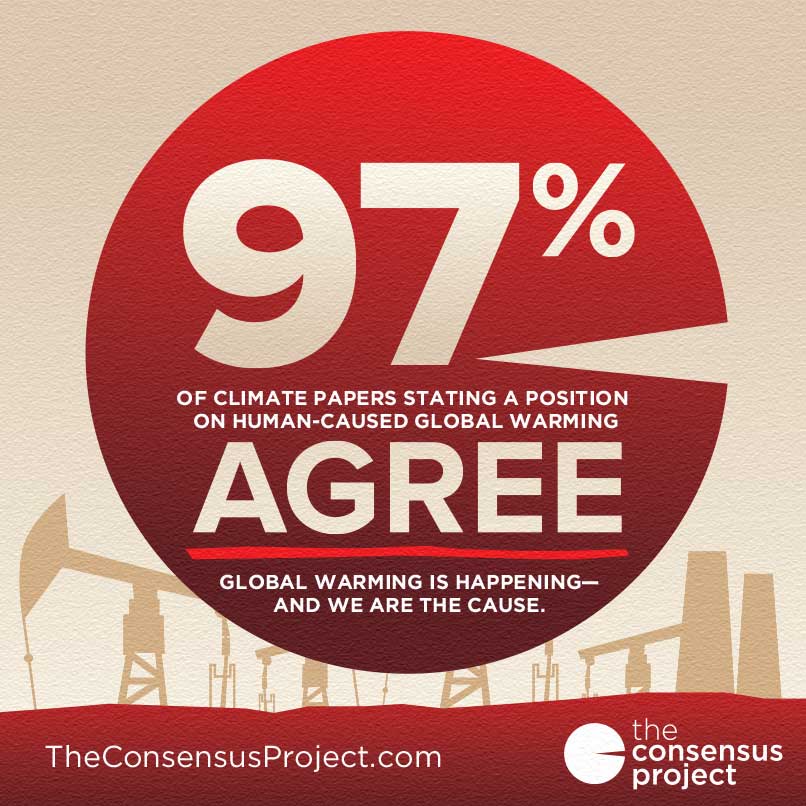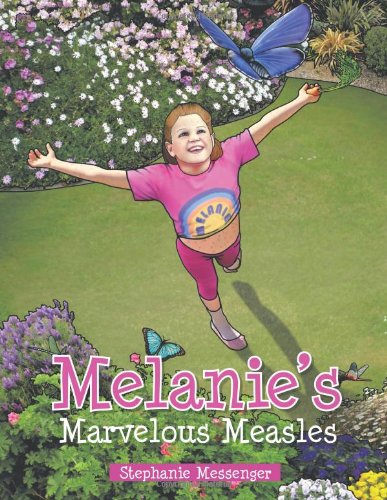Fucking. Andrew. Wakefield!
In 1998, along with 11 co-authors, Andrew Wakefield published the results of a study linking the measles-mumps-rubella (MMR) vaccine to autism spectrum disorder. Fast forward 12 years to 2010, the Lancet (which originally published Wakefield’s findings) retracted the study, saying:
Following the judgment of the UK General Medical Council’s Fitness to Practise Panel on Jan 28, 2010, it has become clear that several elements of the 1998 paper by Wakefield et al1 are incorrect, contrary to the findings of an earlier investigation.2 In particular, the claims in the original paper that children were
“consecutively referred” and that investigations were “approved” by the local ethics committee have been proven to be false. Therefore we fully retract this paper from the published record.
Following an investigation by the General Medical Council, Wakefield was found to have acted “irresponsibly and dishonestly” and was stripped of his medical license in the U.K. (he subsequently moved to the U.S.). Unfortunately, the damage was already done. The United Kingdom saw its measles vaccination rate drop from 92% in 1995-96 to 80% in 2003-04. What happened as a result of this? A measles outbreak in 2013, of course.
The outbreak began in November, and there is no sign it will end soon.
Children who have not received the MMR (measles, mumps, rubella) jab are most at risk.
But Dr Brendan Mason, an epidemiologist with Public Health Wales, said the problem was not with the current vaccination programme.
“For new mums, with children needing the jab at one year old, the vaccination rate is higher than it’s ever been at around 95%.
“But for really a decade, uptake rates were much lower than they needed to be – and so now there are many who are susceptible to measles.
“At the start of this latest outbreak, there were around 7,000 children not fully immunised around Swansea.”
Thanks, Andrew Wakefield.
Meanwhile, in the United States, for all that measles was declared eliminated in 2000, it is facing a comeback–in fact, the worst measles outbreak in two decades. This is thanks in no small part to those who belong to the ostensibly well-meaning, yet nonetheless scientifically illiterate anti-vaccination movement (often referred to as anti-vaxxers).
Vaccine opponents are a tiny minority of the population. Less than 1 percent of all children don’t receive any vaccines, according to the Centers for Disease Control and Prevention. But in California, the percentage of kids with up-to-date vaccinations has been dropping since 2008.
The trend is especially pronounced in Orange County, where the proportion of kindergartners with their full shots fell from 92.9 percent in 2003 to 89.3 in 2012, and particularly in the county’s wealthy beachfront communities. The county is also battling the state’s largest measles outbreak in recent memory: 22 cases.
In the late 1950s, measles infected more than half a million Americans a year and killed roughly 450. But since 2000, when the infectious disease was considered eliminated, measles cases have hovered around 60 a year. In 2014, that number jumped to 644, a 20-year high. Just last month, there were 102 reported cases across 14 states, an outbreak traced to Disneyland parks in Anaheim, California.
Despite the media attention surrounding the 42 confirmed cases of measles at Disneyland, the United States’ largest outbreak of measles in 2014 occurred in Ohio’s Amish community. 383 people fell ill after missionaries returned from a trip to the Phillipines. As a result of a scare in the early 1990s, this Amish community chose to stop vaccinating:
At the time, this Amish population was generally against vaccination. This, however, wasn’t a matter of religious principle but one of health concerns.
In the 1990s, Miller explained, two Ohio kids allegedly got sick after they took the MMR shot, which protects against measles, mumps, and rubella. Rumors about vaccine safety spread through the Amish community like a virus. “That put a scare in us and we quit,” Miller says. This made it incredibly easy for measles — the most contagious virus known to man — to move through this cluster of unvaccinated individuals.
The outbreak of measles in the U.S. doesn’t appear to be slowing down. In January of 2015 alone, 102 people across 14 states were reported to have measles. The CDC has linked the majority of these cases to the outbreak traced to the aforementioned Disneyland. Thanks again for your negative contributions to public health, Andrew Wakefield.
Recent comments by a pair of politicians don’t help to assuage the fears of the public about vaccines. Misleading and false statements about vaccines were the order of the day for Sen. Rand Paul (R-KY). The possible 2016 Presidential candidate said that vaccines cause “profound mental disorders in children”. You’d think that he would be able to substantiate such a claim, but his office was unable to provide a single example of a vaccine that caused a mental disorder. Not to be outdone, New Jersey Governor Chris Christie (who is also considering a run for the White House in 2016) has also weighed in on vaccines. During a recent trip to the U.K., Christie was asked about the 14-state measles outbreak:
Christie, speaking to reporters during a three-day trip to the United Kingdom, said all four of his children have been vaccinated, but noted he thinks a parent’s opinion about the issue is more important than what a public official thinks.
“Mary Pat and I have had our children vaccinated and we think that it’s an important part of being sure we protect their health and the public health,” Christie said, according to The Washington Post.
“I also understand that parents need to have some measure of choice in things as well, so that’s the balance that the government has to decide,” Christie added.
At this point, you might be asking “what’s so bad about measles” or “what’s so bad about parents choosing not to vaccinate their children”. Parents are certainly entitled to their opinions, and they have tremendous latitude in raising their children. This is not a case of parental freedom though. This is an issue of public safety. According to the CDC:
Some people may suffer from severe complications, such as pneumonia (infection of the lungs) and encephalitis (swelling of the brain). They may need to be hospitalized and could die.
-
As many as one out of every 20 children with measles gets pneumonia, the most common cause of death from measles in young children.
-
About one child out of every 1,000 who get measles will develop encephalitis (swelling of the brain) that can lead to convulsions and can leave the child deaf or mentally retarded.
-
For every 1,000 children who get measles, one or two will die from it.
Still not convinced of the deadliness of measles? Perhaps a history lesson is in order:
1492: In a pattern that would be repeated across the world for centuries, Christopher Columbus and his fellow European explorers arrived in the Americas, bringing a raft of deadly diseases — including measles — with them.
Native Americans had no natural immunity to many of these diseases. Measles, smallpox, whooping cough, chicken pox, bubonic plague, typhus and malaria — already dangerous and often deadly in Europe — became even more efficient killers in the New World. By some estimates, the Native American population plunged by as much as 95% over the next 150 years due to disease.
Pre-Columbian estimates of the population of the Indigenous peoples of North America are difficult to determine. Nonetheless, estimates range from 2.1 million to 18 million (source). That means anywhere from 1.9 to 17.1 million people died as a result of infectious diseases (which includes measles). Returning to our history lesson:
1824-48: As was the case with many diseases, measles’ risk to Pacific Islanders was particularly dangerous in the 19th century as traders and travelers crisscrossed the globe. In 1824, Hawaii’s King Kamehameha II and Queen Kamamalu traveled to London to meet King George IV, but instead swiftly contracted measles. Both died within a month. The virus, along with several other diseases, struck Hawaii in 1848, killing up to a third of the native population.
1846: Danish physician Peter Ludwig Panum traveled to the Faroe Islands between Iceland and Norway to study a measles outbreak that had sickened more than 75% of the islands’ 7,782 residents — killing at least 102. Measles had not appeared on the isolated islands in decades, and Panum discovered that “not one” of the elderly residents who had been infected in 1781 “was attacked a second time.” Such immunity would later become key to defeating the virus. Panum observed measles’ contagiousness as it leaped from village to village.
1875: The HMS Dido brought measles to Fiji, killing 20,000 people — up to a third of the island’s natives. Measles outbreaks would continue to hopscotch Pacific islands for much of the next century.
1912: The United States required physicians to start reporting measles cases, which gave scientists a precise grasp of the disease’s widespread impact inside the country. Almost all Americans caught measles sometime in their life – mostly when young – and the outcome could be deadly. A study in the U.S. from 1912 to 1916 found 26 deaths for every 1,000 measles cases.
Now, don’t get me wrong. I don’t want to demonize parents who oppose vaccines. Many of them genuinely think they’re doing what’s best for their children and they’re worried about the effects vaccines can have on their children. Their concerns are not without merit. According to the CDC:
What are the risks from MMR vaccine?
A vaccine, like any medicine, is capable of causing serious problems, such as severe allergic reactions.
The risk of MMR vaccine causing serious harm, or death, is extremely small.
Getting MMR vaccine is much safer than getting measles, mumps or rubella.
Most people who get MMR vaccine do not have any serious problems with it.
Mild Problems
- Fever (up to 1 person out of 6)
- Mild rash (about 1 person out of 20)
- Swelling of glands in the cheeks or neck (about 1 person out of 75)
If these problems occur, it is usually within 7-12 days after the shot. They occur less often after the second dose.
Moderate Problems
- Seizure (jerking or staring) caused by fever (about 1 out of 3,000 doses)
- Temporary pain and stiffness in the joints, mostly in teenage or adult women (up to 1 out of 4)
- Temporary low platelet count, which can cause a bleeding disorder (about 1 out of 30,000 doses)
Severe Problems (Very Rare)
So yes, there are possible side effects, some of them potentially severe (though I note the absence of death as a side effect of the vaccine). The thing is, these side effects are rare, and as noted above, the vast majority of people are safer acquiring the MMR vaccine than they are getting measles. But none of that matter to anti-vaxxers. In the name of “parental choice”, parents opposed to vaccination directly jeopardize public health by threatening ‘herd immunity‘.
Just as a herd of cattle or sheep uses sheer numbers to protect its members from predators, herd immunity protects a community from infectious diseases by virtue of the sheer numbers of people immune to such diseases. The more members of a human “herd” who are immune to a given disease, the better protected the whole populace will be from an outbreak of that disease.
There are two ways an individual can become immune to an infectious disease: by becoming infected with the pathogen that causes it or by being vaccinated against it. Because vaccines induce immunity without causing illness, they are a comparatively safe and effective way to fill a community with disease-resistant people. These vaccinated individuals have protected themselves from disease. But, in turn, they are also protecting members of the community who cannot be vaccinated, preventing the chain of disease from reaching them and limiting potential outbreaks. Every vaccinated person adds to the effectiveness of this community-level protection.

By not vaccinating their children, vaccine opponents help weaken herd immunity, thus allowing the measles virus to spread. This places certain groups of people at increased risk for the highly contagious disease, such as children under 5, unvaccinated pregnant women, and any non-immune person.
Bottom line: vaccinate your children. The risks of moderate or severe side effects are extremely low, while the benefits to your child and the community are quite high. It’s understandable that parents want to make the best possible decisions for their children. They need to do so based on accurate scientific information, not discredited pseudoscientific bullshit.























